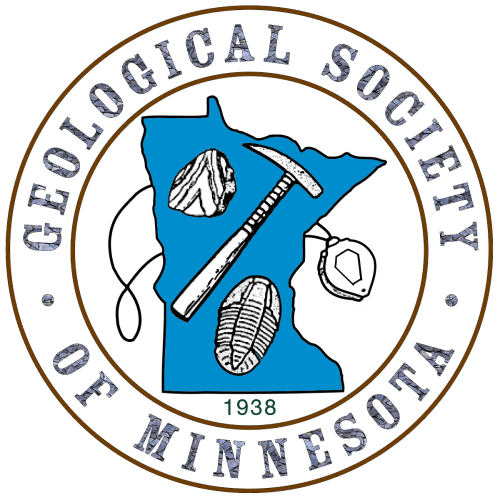Road Marker Information
Enter Road Address in your cars GPS:
41296 Father Hennepin Park Rd, Isle, MN 56342
OR
Enter Geographical Coordinates in your cars GPS:
Degrees Lat Long: 46.143723, -93.482888
Latitude: 46°08’37.4″N
Longitude: 93°28’58.4″W
Country: Mille Lacs County
Where Found:
Located on state highway 27 in Father Hennepin State Park, 2 miles west of Isle Supposed to be in Father Hennepin State Park. Could not be found. Ranger did not know where it was.
Marker Number:307
Marker Composition:
Text on Marker:
GLACIAL CROSSROADS BECOMES A LAKE
About 20,000 years ago, during the peak of the last glacial period, a glacier called the Rainy lobe advanced from the Ontario region through what is now the Boundary Waters Canoe Area and covered most of the Lake Mille Lacs region. As it moved, the Rainy lobe picked up, crushed, and deposited fragments of the underlying bedrock. As the glacier receded, streams of meltwater carried sand and gravel from the ice and dropped it in front of the glacier, a deposit called an outwash.
About 15,000 years ago, another glacier, called the Superior lobe, advanced from the Ontario region through the Lake Superior basin and into the area of central Minnesota. It crossed over the outwash that the Rainy lobe had deposited, and pushed up the sand and gravel into a formation of big elongated hills, called a moraine. When the Superior lobe finally receded, it left a layer of reddish sediment over this moraine and buried some stranded blocks of stagnant ice. The reddish color comes from iron oxide in the sediment that the glacier eroded from bedrock in the Lake Superior basin.
The enlarged moraine acted as a natural dam, blocking rivers and streams from draining glacial meltwater to the southwest as before. As a result, the meltwater from the receding ice collected behind the moraine and formed the early Lake Mille Lacs. Water from this growing glacial lake spilled over the moraine into the Rum
Region: North Central/West Region
Information Needed:
- Verify Existance
Condition of Marker:
Do it Yourself Region: Brainerd-Mille Lacs
